Looking for an easy trek in Himachal? Have you heard of Beas Kund Trek? Well, if not, then keep reading this article. But, first, tell me what your favorite way to explore a place is? Drive through it, talk to locals, experience their culture, walk around, or trek along a river’s bank in search of its source?
Well, I did the last one during my recent visit to the Himalayas. My quest took me to the source of river Beas, the Beas Kund, and the glacier. We were a group of three people, a mix of beginner level and professional trekkers. So, here is my experience and the detailed travel guide to plan your trek to Beas Kund in Himachal Pradesh.
Let's quickly dive into the details:
About Beas River
Beas is one of the most popular rivers in the Himalayas. Probably because it flows through many picturesque locations – some of which have been developed into tourist destinations, such as, Manali.
You may also check our article on the list of all beginners or easy treks in Himachal Pradesh if you have already completed the Beas Kund Trek.
The river is believed to have been named after the Rishi Ved Vyas. It passes through Himachal Pradesh and Punjab before merging with the Sutlej river at Harike (Punjab). Beas takes in water from several Himalayan tributaries during its course and develops a massive body with a drainage basin of 20,303 sq km, and a length of 470 km.
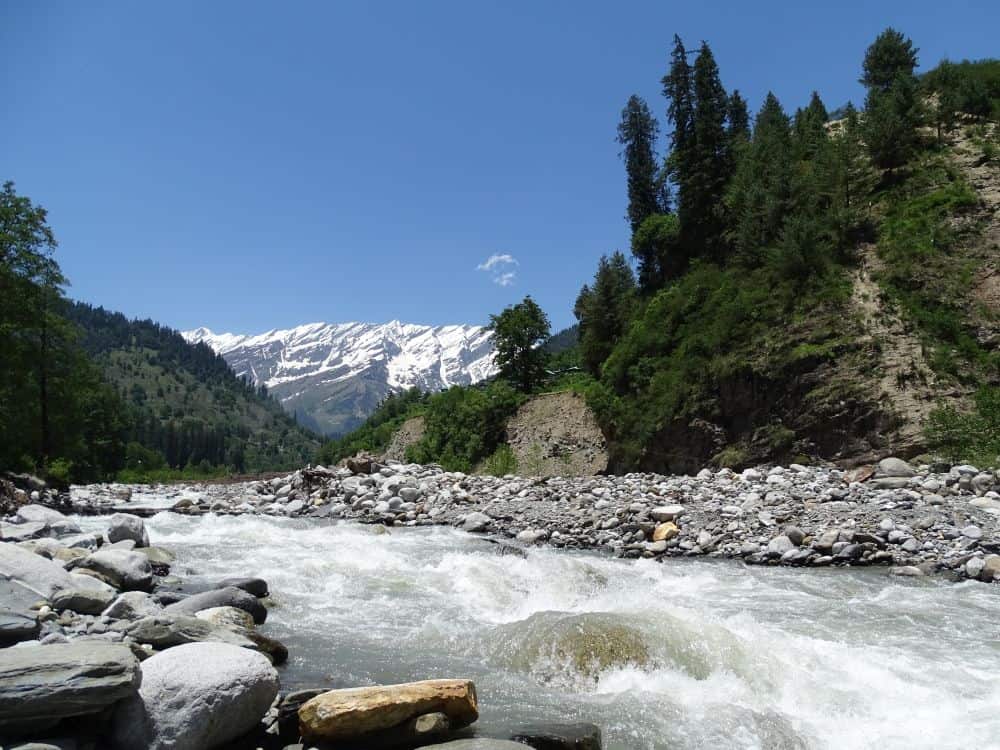
The river beautifies two most scenic valleys in the Himalayas – the Kullu valley and the Kangra valley.
It nourishes several cities and towns that fall near its course. Some people believe crossing Beas was the biggest hurdle for Alexander’s invasion of India. Reaching the point of origin of such a significant river is fascinating.
What makes the entire trek so tempting is its dreamy landscape. The trek to Beas Kund is spread across vast and beautiful meadows that are full of various wild plants and flowers. From rare medicinal herbs to exotic mushrooms, you will see spectacular flora only within just a couple of kilometers of the trek, if you keep an observant eye.
Let’s now dive into the details of the trek and what you need to know before embarking on it.
Location
Beas Kund is situated at 12,140 ft. Above sea level in Kullu valley. Grasslands and snow-covered mountains of Pir Panjal range envelop this glacial lake. The trek starts from Dhundi (21kms from Manali) or from Solang Valley, about 13kms from Manali. The road till Dhundi is motorable, so you can choose to drive till there and then start the hike.
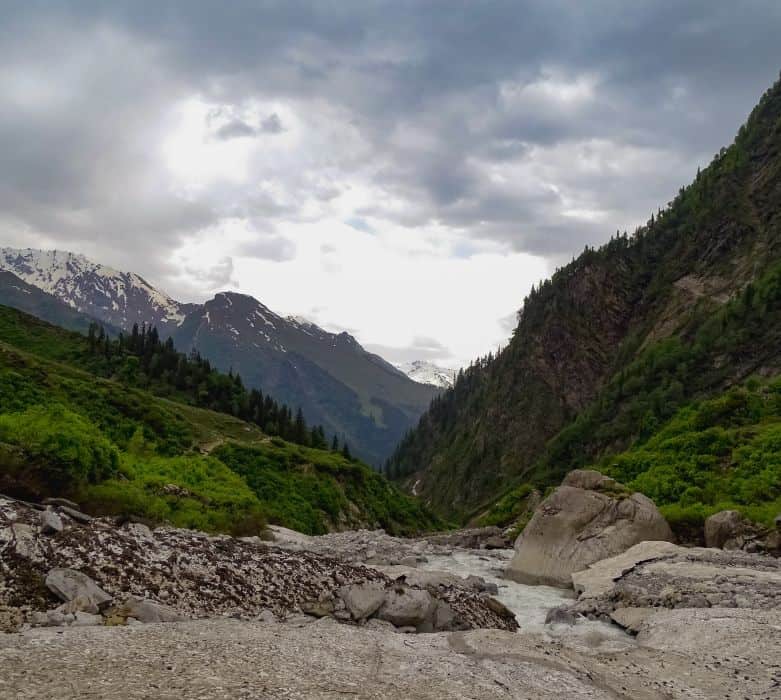
Why do the Beas Kund Trek?
- It is one of the easy/short treks around Manali which shows you the panoramic views of the Pir Panjal range.
- It is a beginner level trek that brings you closer to glaciers, glacial lakes, and towering peaks.
- Tracing a river to its source is enthralling as it makes you trod on unusual landscapes.
Best time to visit Beas Kund
May is the time when the snow melts enough to clear the trail but leaves enough ice-laden pathways to tread on.
From mid-May to July-end is a good time to go for Beas Kund trek.
You should avoid August and the initial days of September when heavy monsoon lashes these parts of Himalayas.
Mid-September to October-end is chilly here but still a decent time to chart this course before winter sets in. Pro trekkers attempt this during winter also, when several feet of snow covers the entire stretch. However, that is not advisable for beginner level trekkers as obstacles turn tricky during that period.
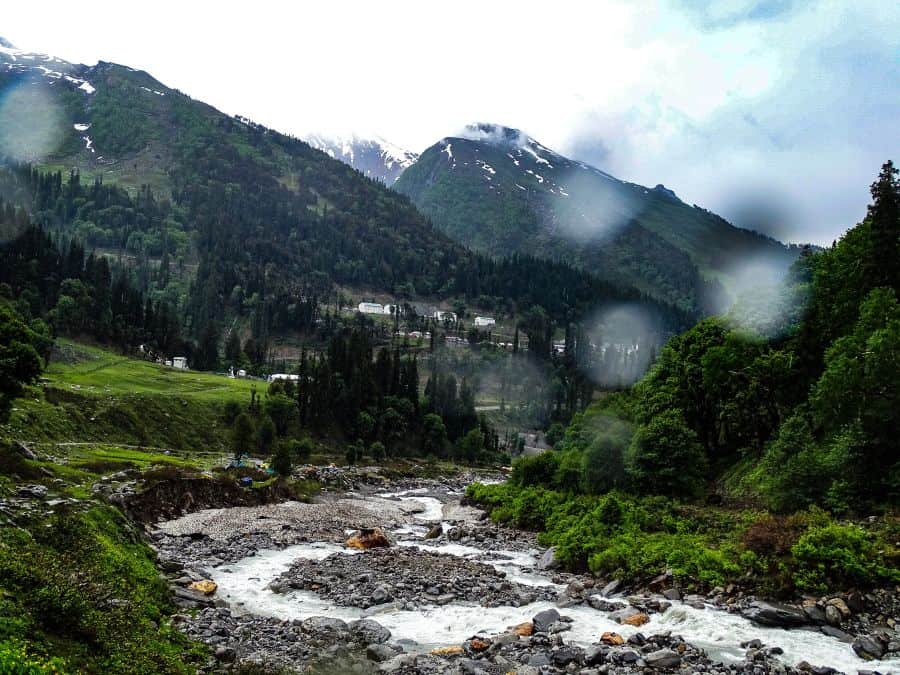
Trek Duration
It is a two to three days trek and can be comfortably accommodated during a long weekend. Some trekkers do it in a single day (from Dhundi to Dhundi). It entirely depends on how much you choose to walk in a day and whether you like to take it slow while enjoying the surroundings. If time is a constraint and you are a good hiker, it is doable in a day.
Reach Base of Trek
Manali is the base destination for this trek. It is well connected with most major cities by road and air. If you are traveling from Delhi, overnight buses ply regularly that reach Manali by early morning (between 6:30 am to 9 am), after a journey of almost 13 hours.
Bhuntar (50kms from Manali) in Kullu valley has a domestic airport which receives flights from Delhi and Chandigarh.
Pawan Hans helitaxi service has been recently initiated to Kullu. The helicopter ferries between Chandigarh and Kullu with two flights per day. Helitaxi seats can be booked directly via Pawan Hans website.
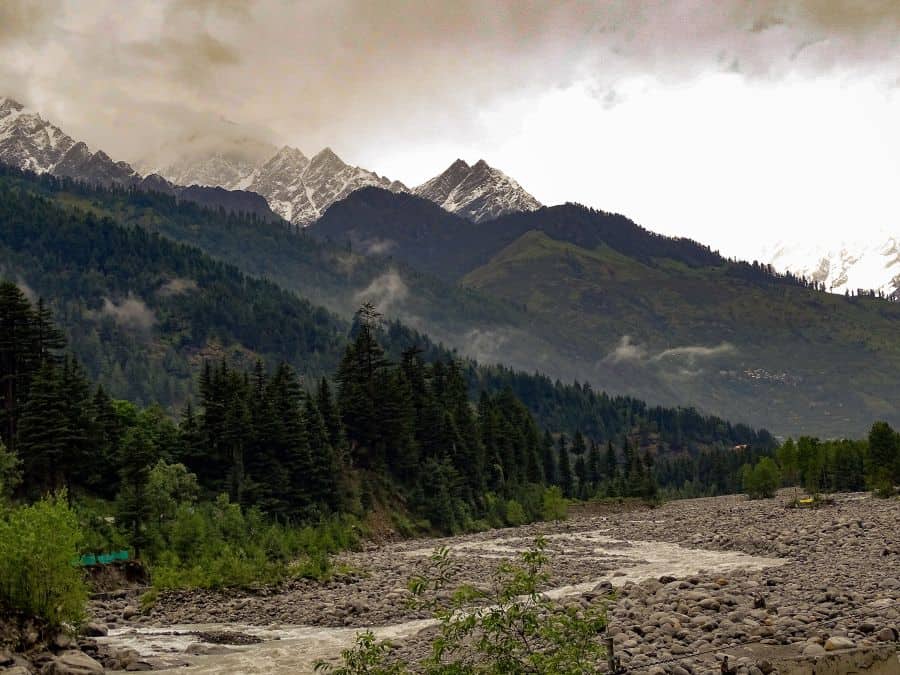
The Trail & What to Watch Out For
The trail is Manali – Solang – Dhundi – Bakarthach – Beas Kund
Besides the trek details and itinerary, I would elaborate on what can you explore at each of the above-mentioned locations.
Manali
The town hosts several trekkers and travelers planning to go further to explore the nearby mountains. We reached Manali after an overnight road journey from Delhi and moved straight to Solang for a day’s rest.
If you plan to explore Manali then besides the famous tourist attractions, I recommend visiting the villages of Shanag and Burwa. They are located a few km above Old Manali and are a delight to experience. Apple and Walnut orchards lace the fields around the rustic stone houses.
Walnut orchards at Shanag village near Manali
Solang
Solang is the crown of Kullu valley, located at the height of 8,400 feet and 13 km above Manali. It is famous for the snow sports, paragliding, and Gondola ride at the Solang ground. Beas river flows through it, and there are some beautiful spots to enjoy the riverside.
We spent the night before and after the trek at Solang, later continuing our journey back to Delhi. If you would like to know more about exploring Solang and the mountain sports, refer to my article ‘Kothi & Solang – Guide to the crowns of Kullu valley‘.
Some trekkers start the trek from Solang valley and some from Dhundi. You can choose your starting point depending on how much you want to explore on foot.
There is a well-paved road from Solang to Dhundi. The road crosses through the south portal of the Rohtang Tunnel (under construction). The area is highly prone to avalanches, and you would see warning signs along the road. The BRO is constructing a snow shelter at a point near this road which would serve as a cover during unpredictable avalanches.
Our base camp was at Dhundi and we started our trek in the morning, fully aware of the prediction of afternoon showers.
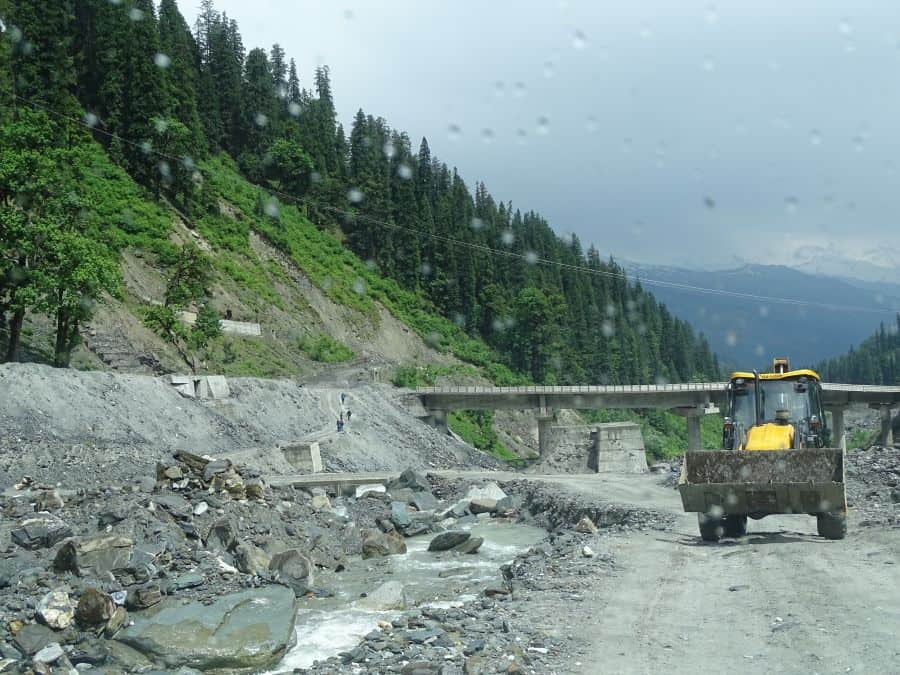
Tunnel work-site 
Road from Solang to Dhundi 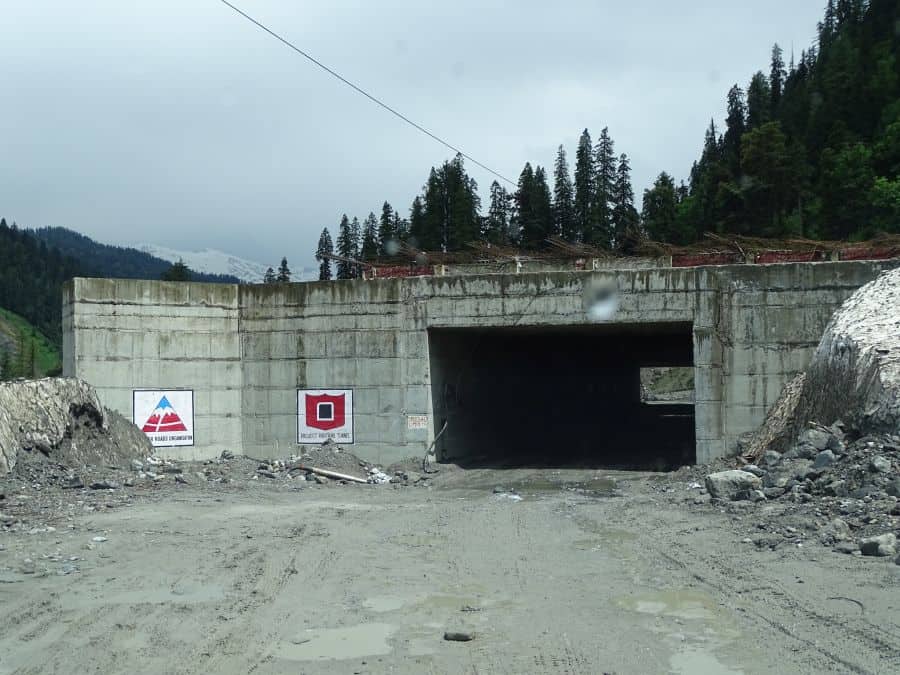
Rohtang tunnel south portal at Dhundi
Dhundi
The construction of the Rohtang Tunnel has reached the hamlet of Dhundi. It is the last village of Solang valley, about 8kms away from Solang village. The green meadows of the trek start from Dhundi, their beauty gradually increasing with altitude till Bakar Thach.
Solang to Dhundi drive ends at the famous Dhundi weather observatory, which is where the motorable road ends. You can either hitch a hike from passing trucks, which are usually going towards the construction site or ferrying trekkers till the base camp.
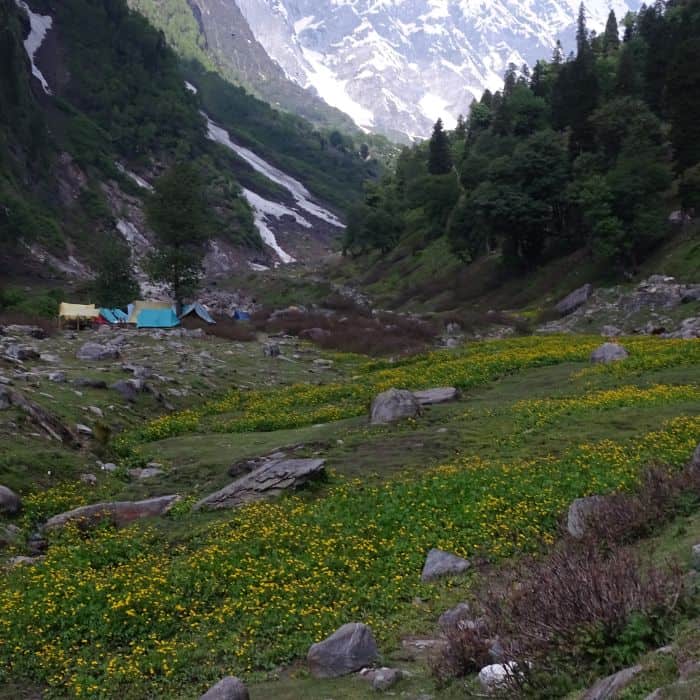
Weather Observatory at Dhundi
Located in the western Himalayas, Dhundi weather observatory had been instrumental in recording the weather change over the decades, predicting snow conditions, rainfall, and avalanches. The observatory has seen Beas river change course, rising temperatures of the valley, eroding forest cover, and even the black snow-fall in 1991, which was a result of Kuwait’s oil well fires.
Prediction of avalanches in this region is imperative as they cause huge losses of life and property every year, and have also been obstructing the construction work of the ambitious Rohtang Tunnel. The tunnel will serve the purpose of easing year-round access to Spiti and Ladakh. However, I was saddened to see the erosion of thick deodar forest cover in this valley due to the construction work.
Dhundi is where Beas river is joined by its first tributary. The water stream starts getting much clearer as you go up.
There are multiple points along the stream near Dhundi where you get a chance to refill your water bottle.
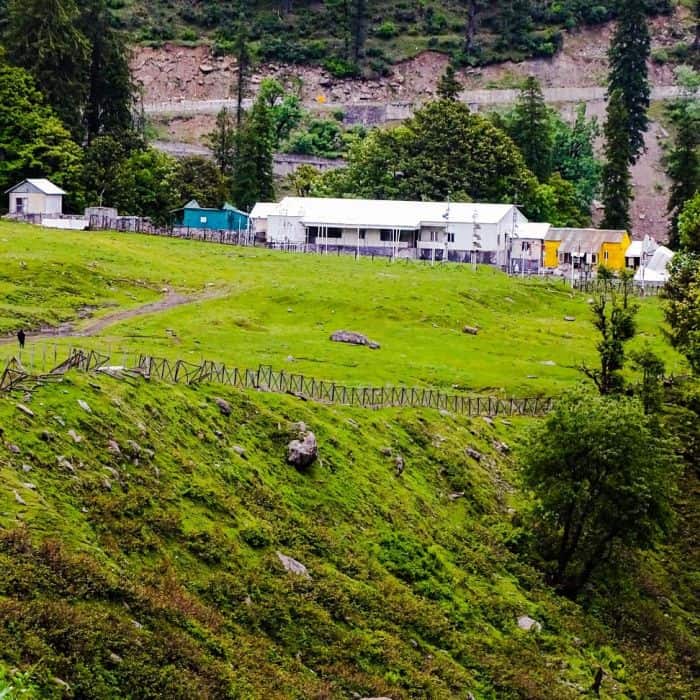
Dhundi to Bakar Thach
From Dhundi (8500ft.) there is a gradual ascent of about 4.5kms till Bakarthach (10,800 ft.), approximately 4 hours of hike. The trail is well marked, except during winter when the valley is covered with deep snow. We crossed the wildly flowing stream a few times. The trick is to keep your balance on slippery rocks and cross at a narrow point. Don’t hesitate to ask for help from a fellow trekker or local while jumping over the stream.

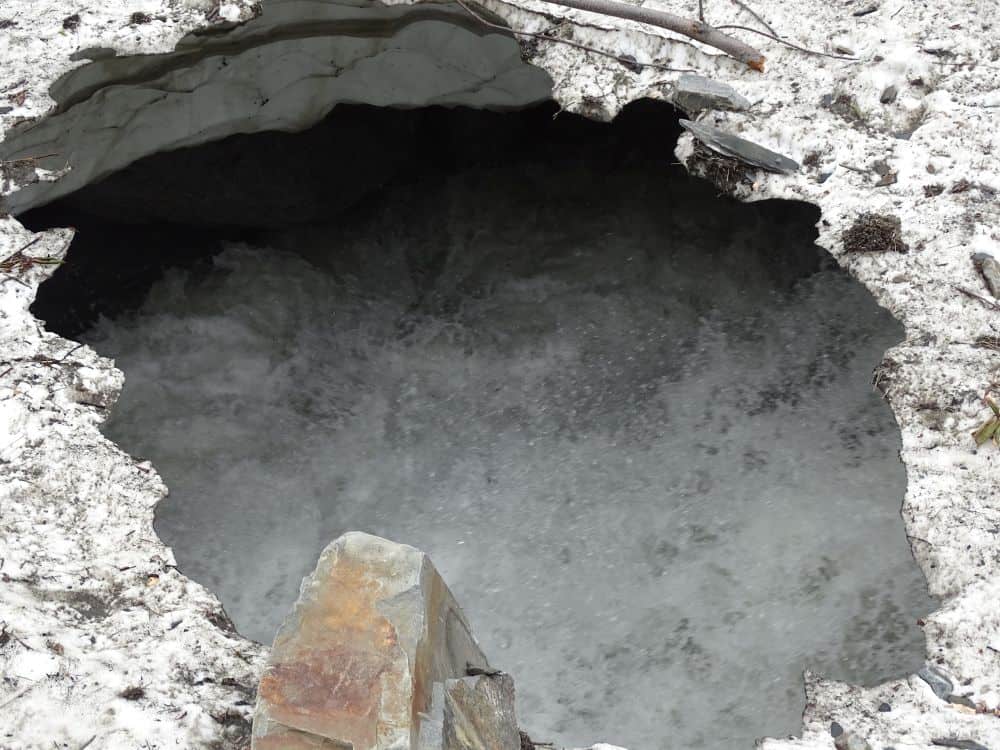
After two of such crossings (almost two hours into the trail), you would start noticing Bhoj Patra or Birch trees. This entire stretch is locally known as Bhoj Patra meadow. These trees grow at an elevation range of 10-15000 feet. Their paper-like bark was used in ancient times to write scriptures. I found a fallen Birch tree along the way, and it was exciting to peel a little piece of its bark off as a souvenir.
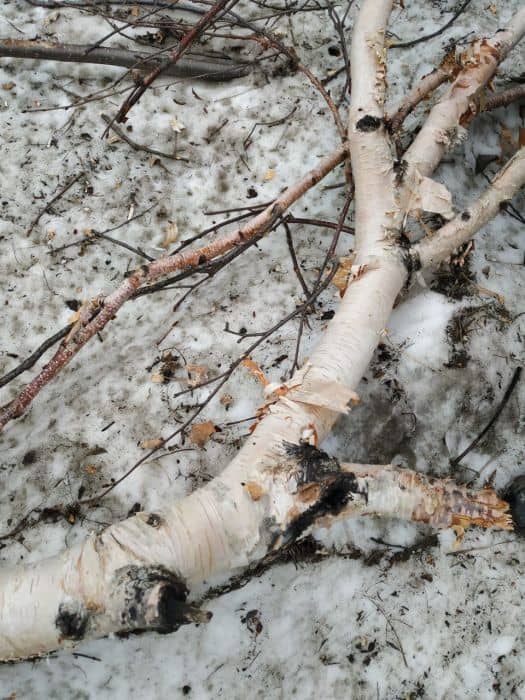
The trail takes a right turn after Bhoj Patra meadow, with Bakarthach barely half an hour away. At this point, we noticed a batch of students from Atal Bihari Vajpayee Institute of Mountaineering who were practicing to climb a mountain in the rain, learning ice and snow craft.
These meadows are a training field for them during the summer months. A light drizzle had started by the time we reached Bhoj Patra, we put our rain jackets on and secured our cameras.
Do not forget to check our list of must-have things to carry on a trekking or hiking trip.
The Meadow of Bakarthach
Bakarthatch is a high altitude grazing ground for cattle that belong to the gaddi community of the region. ‘Thach’ in local dialect stands for ‘meadow‘. It is a beautiful location for camping at the end of the first day of Beas Kund trek. The beauty of Bakharthatch is spellbinding, unspoiled, and full of wild plants. You would feel completely in sync with nature just by being at this meadow.

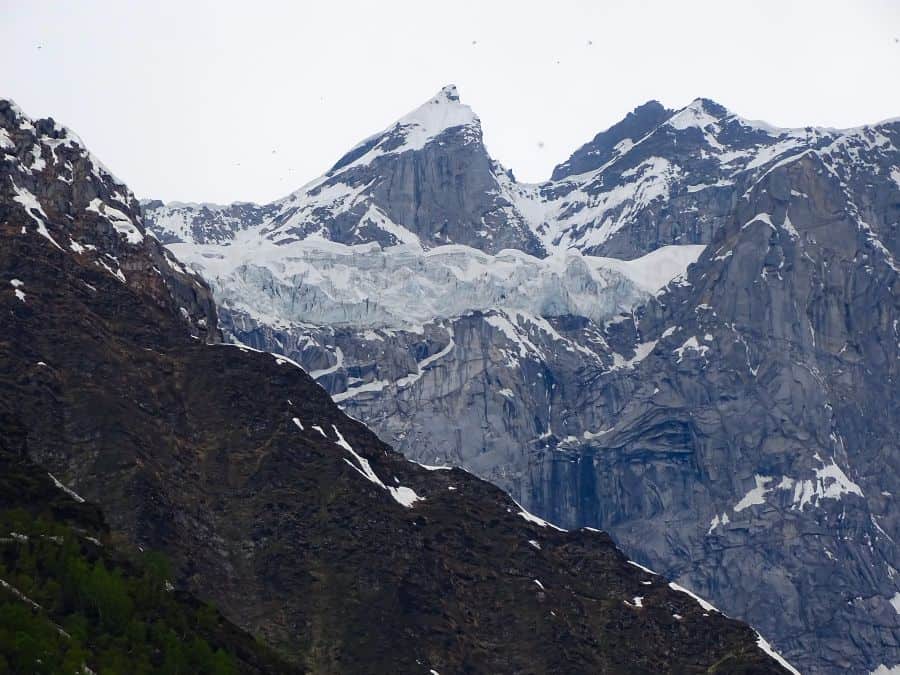
After crossing the Beas river multiple times and negotiating with steep slopes you get majestic views of the Pir Panjal range here and several popular peaks – Friendship peak, Hanuman Tibba, Deo Tibba, Ladakhi and Shitidhar.
Himalayan Flowers
In this part of Pir Panjal, I discovered a plethora of wild Himalayan flora, some of them were rare and some of them bloom all year round. The most visible flower which I found at 8000 feet elevation was Marsh Marigold or the King Cup.
As I climbed higher, there were big shrubs of Light Pink Rhododendron, covering almost the entire stretch between Dhundi and Bakarthatch. I call it ‘the pink valley.’ A local we met on the way told us that he had consumed these flowers on a certain occasion, which made him feel high and dizzy. I would advise not to try eating those flowers, at least not at that altitude! Rhododendron is the state flower of Himachal, and their pink variety is facing extinction.
Blooms of wild strawberries, wild roses, and Himalayan thistle lined the trail, and Himalayan maple tree made a special appearance at regular intervals. I picked some wild mint leaves, which smelt and tasted like Carom seeds (Ajwain). It is used in making herbal teas. We saw Fronds of Lingdi (Fiddlehead) as well. They are used to make a pickle, which is commonly sold as ‘Kasrod ka achar.’
If you love trekking, do not forget to check our latest comprehensive travel guide for Kheerganga Trek in Parvati Valley.
Rare Himalayan Flora
I was lucky to spot Naag Chhatri, an endangered herb with high medicinal value. It is notorious for being smuggled to international markets at a premium price.
Remnants of Guchchi (Morel Mushroom) – one of the most expensive foods (sold at up to 30,000 INR per kg) were visible at a particular spot under a Maple tree. This renowned mushroom is difficult to procure as it can not be cultivated, it grows only in the wild.
It never grows in the same spot next year so only well-trained locals can look for it. It appears only from March to May; the difficult process of its collection had ended just a week back. The villagers in this area believe that consuming these mushrooms once a year increases longevity and improves health.
Our guide helped us recognize the spot it grew this year and also mentioned that he had been lucky to have eaten them five times this year. You can imagine the immense state of his health!
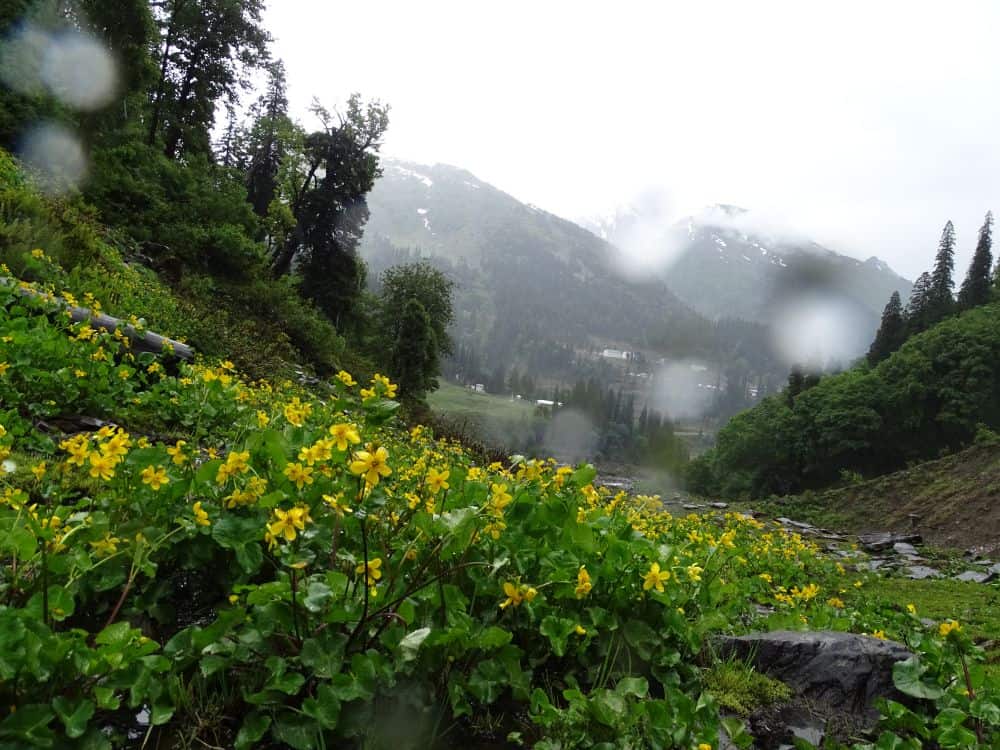
Marsh Marigold 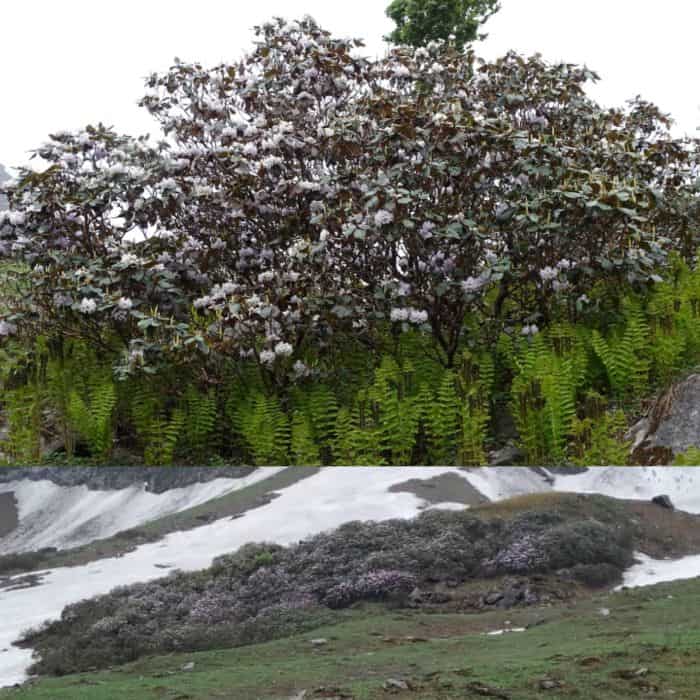
Pink Rhododendron 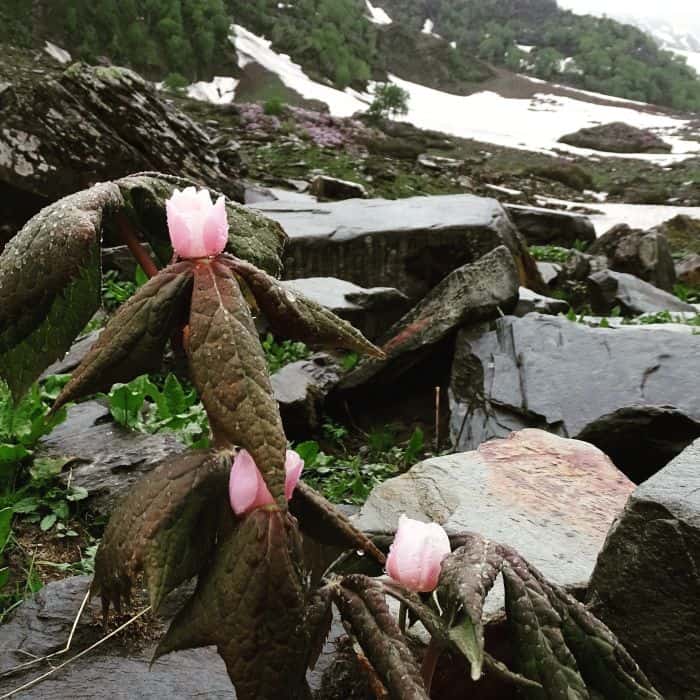
Naag Chhatri 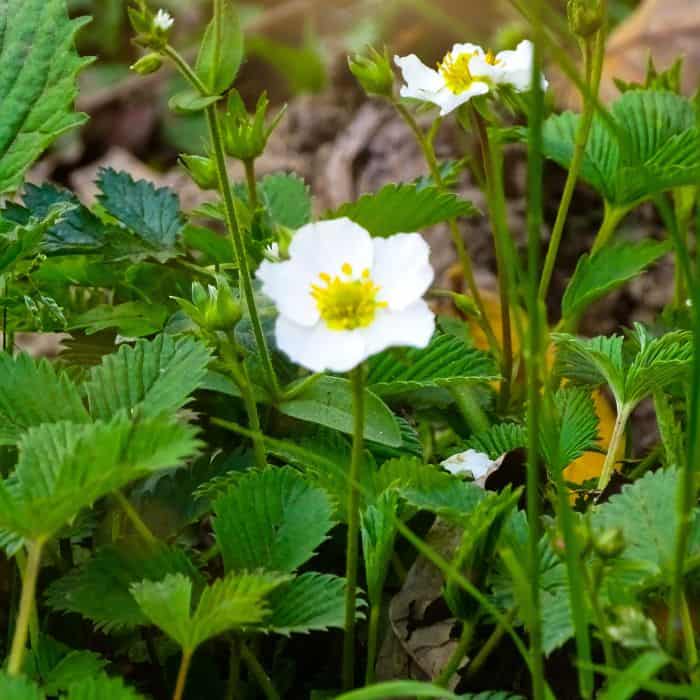
Blooms of Wild Strawberry
Trekking in the Rain
Rain and snowy slopes are not a good combination, especially if you are a beginner level trekker. We had to move ahead very carefully while learning to keep our feet at the correct angle to avoid slipping down wet slopes. It reduced our speed, but we managed to reach our base camp at Bakarthach well before sundown.
It is important that you get good trekking shoes if you are into traveling to the Himalayas frequently.
The Beas Kund Glacier
You get the view of the Beas Kund glacier much before you even reach Bakarthach and that’s what kept us going during the rain and strong winds. As the weathermen rightly predicted, we were caught up under strong showers just before we reached Bakarthach. By the time we reached Bakarthach, it was raining heavily, and we could barely see only a few meters ahead of us through the mist.
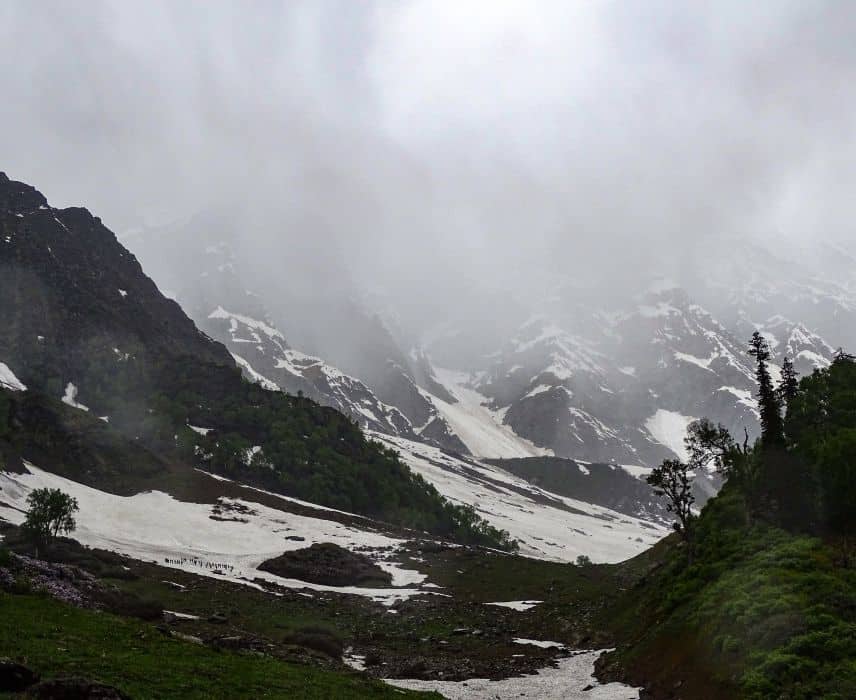
Cave Shelter
As the heavy rain lashed against us, we were desperately looking for shelter. Our guide spotted some tents rooted at a distance, which reminded him of a natural shelter nearby. That was an outgrowth of rock, giving the semblance of a cave. Nevertheless, our spirits uplifted immediately with the thought of finding cover.
If you ever get into a similar situation, try to keep your hands and feet dry and warm because once you get a frostbite there, it gets difficult to move any further. I have detailed some tips for Monsoon treks towards to end of the article to elaborate more on this subject.
Though we had time at hand, we decided to call it a day. Because it was getting increasingly difficult to move in the rain. We camped for the night Bakarthach.
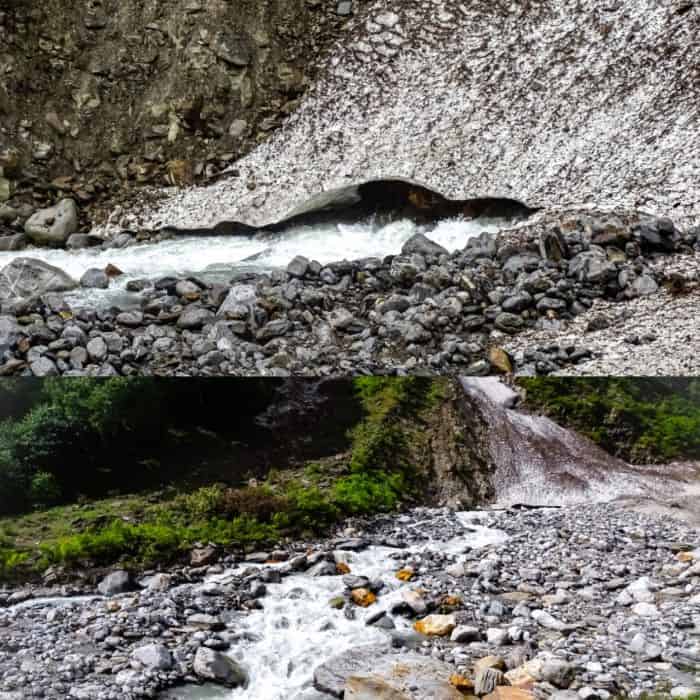
Bakar Thach to Beas Kund
The Final stretch ascends from 8,500 ft to 12,140 ft approximately covering a distance of 4kms.
We started early the next day as streams tend to swell up with the sun and we wanted to spend more time at the lake. After Bakarthach, the climb starts getting steeper and full of boulders. You would be climbing up the rocks and crossing an expanse of boulders to get to the other side of the river. This stretch culminates into a ridge, which descends into the Beas Kund Valley.
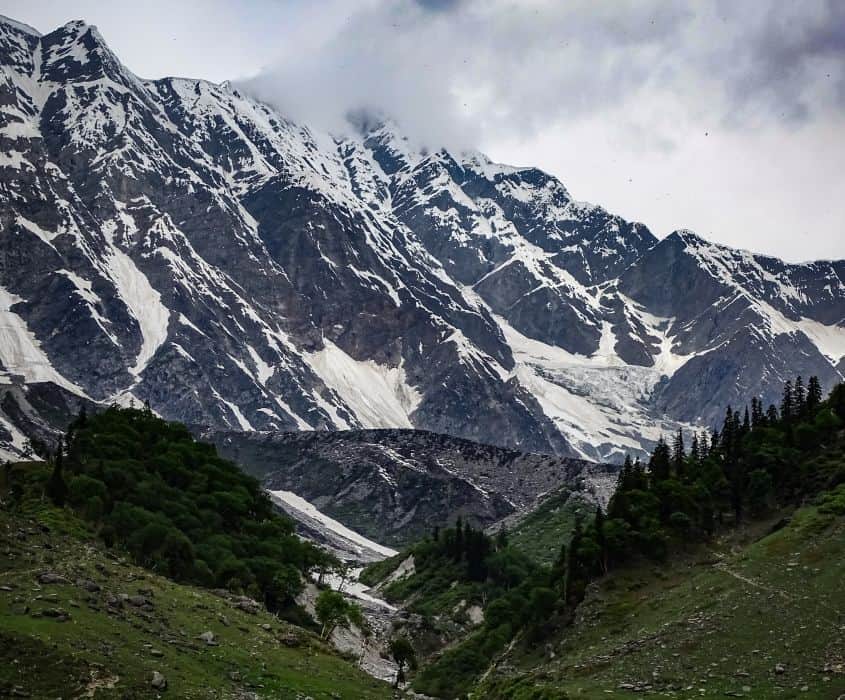
The valley is an almost flat field with numerous streams swishing across it and refreshing waterfalls flowing down from the glacier. Now, this is a point where the trail is not well-demarcated, and you would be at a loss for further direction. Our guide pointed towards a waterfall that we had to follow to reach the lake. A steep climb of a few meters takes you to the point where you get the first view of the lake, and it is magical.

The Kund
A pristine glacial lake, in the middle of snow-covered mountains, which is letting out a small stream that develops into a wild river tumbling down 12,000 feet. After the climb and effort you put in to reach here, it surely gives you a sense of accomplishment, but more than that, it feels divine to be present there.
The mythological story about the lake states that the narrator of Mahabharat, rishi Ved Vyas took his daily bath in the lake. He is believed to have created the river from Beas Kund.
Beas Kund Trek Itinerary – Day by Day Plan
- Reach Manali and stay at Dhundi or Solang. You can drive till Dhundi and start the trek from there (Solang to Dhundi is 8kms/20 min drive) or start from Solang.
- Day 1: Dhundi to Bakarthach. Night camping at Bakarthach.
- Day 2: Start early the next day. Bakarthach to Beas Kund and back. You can choose to climb down to Dhundi the same day or rest at Bakarthach.
- Day 3 (Optional): Come down to Dhundi, if you stayed the night at Bakarthach and continue your onward journey to Manali and you may visit Naggar Castle on the same day.
Useful Tips for Beas Kund Trek
- Make an informed choice – Some hotels or guides might tell you to do the trek in a day. But it is more enjoyable and less tiring if done in two or three days. And that’s the whole point of it, right?
- You may stay at Solang or Dhundi (camp) a night before starting your trek. Hotel Iceland at Solang provides comfortable accommodation with warm wood-floored rooms, hot water, room heater, and a good view of the valley. The hotel also offers camps at Dhundi where you can choose to stay or rest during the trek.
- Carry refillable water bottles as you will encounter plenty of pure mountain streams to fill them up.
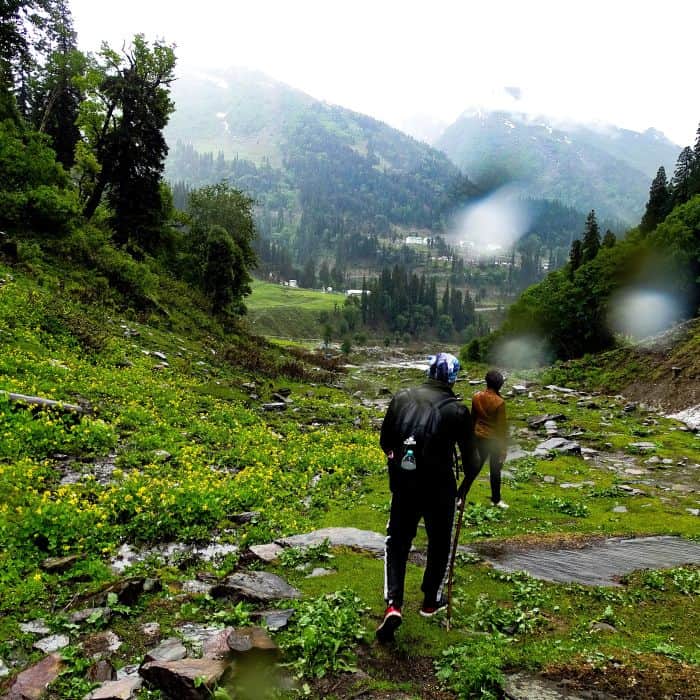
Tips for a Monsoon Trek
I have encapsulated some tips for a trek during rains:
- Layer up – Dress in layers to adapt as the weather fluctuates. Avoid cotton as it takes a long time to dry up, go for fleece, or super dry shirts. A warm middle layer to trap the body heat and outer waterproof layer – preferably a light-weight and breathable jacket and pants.
- Carry a waterproof backpack and some spare plastic bags to keep everything dry.
- Keep the snacks handy, in your waterproof pockets, so that you don’t have to risk drenching your belongings every time you feel hungry.
- Keep an extra pair of socks and if possible wear gaiters to cover your boots.
- Plan for several pit-stops. And check for natural shelters beforehand if the trek is well-trodden.
- Always check weather predictions before starting the trek.
- Carry a trekking pole to get good support on wet trails.
- Keep courage and patience while dealing with obstructions.
- Rest as much as you want and enjoy the weather as mountains look alive during rains.
- Go with a local guide for finding an alternate route in case of blocked routes – unless you know the trail well.
You may also look at some easy to go beginner level treks in Uttarakhand as well.
Conclusion
Beas Kund trek is one of the best beginner-level short trails which reveals astounding views of the mighty Pir Panjal range, lush meadows of Dhundi and Bakarthach, a range of beautiful Himalayan flora, glaciers, snowy river, and a magical lake.
And, the trek duration fits easily in a long weekend. Isn’t this everything we look for in a trek? With a little bit of preparation, it can be done during monsoon.
Have a travel question?? You can subscribe to my YouTube channel and leave a comment to ask your travel questions about traveling to the Himalayas.
I hope, this detailed guide to Beas Kund will help you to plan your journey better and make it a memorable one.
If you like the article, please feel free to share it with any of your family or friends who are planning a trip to Beas Kund.
Happy traveling to you!!!
Do follow @soulful_worldview on Instagram for updates on my next adventure.
Follow me on Instagram and Ask any questions you might have for me!!





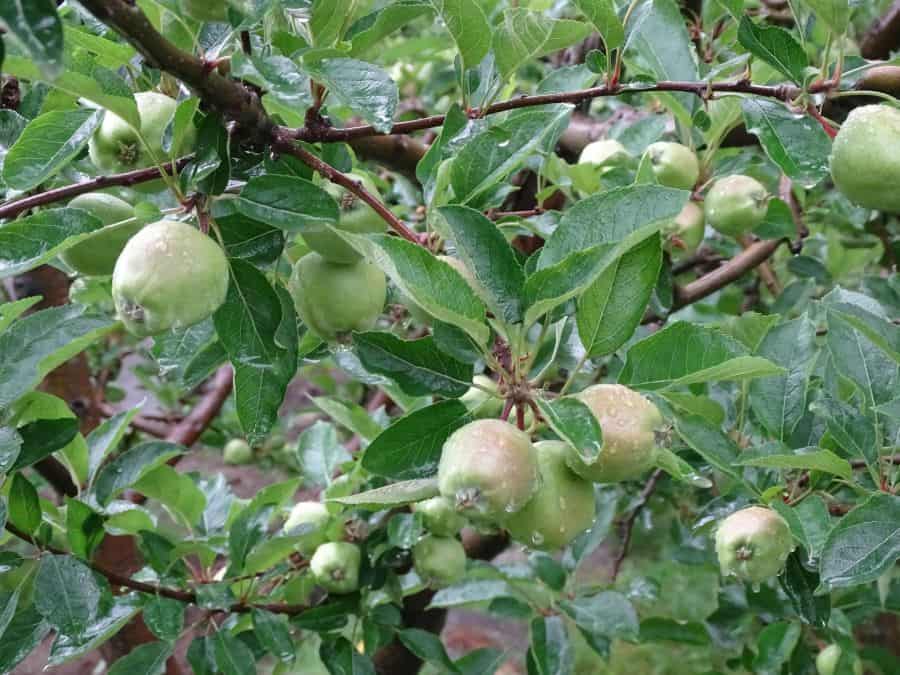
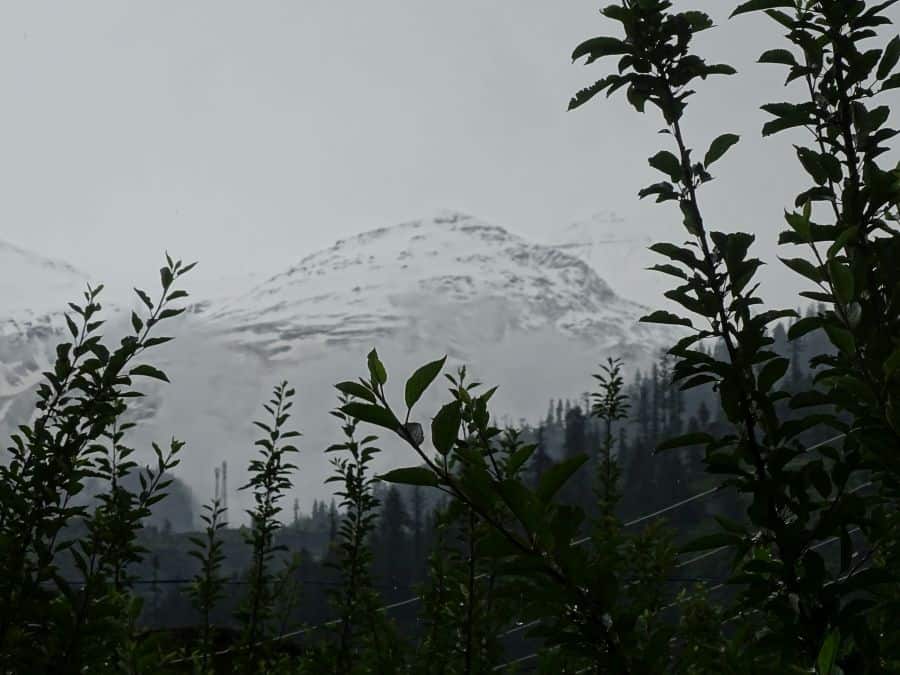


2 Comments
Comments section gets closed in 90 days. To ask your travel questions, you can follow my YouTube Channel for a faster reply or for a much slower reply follow me on Instagram. :)
It is a delight, that’s true ☺️
I love traveling and tracking. It is very refreshing.